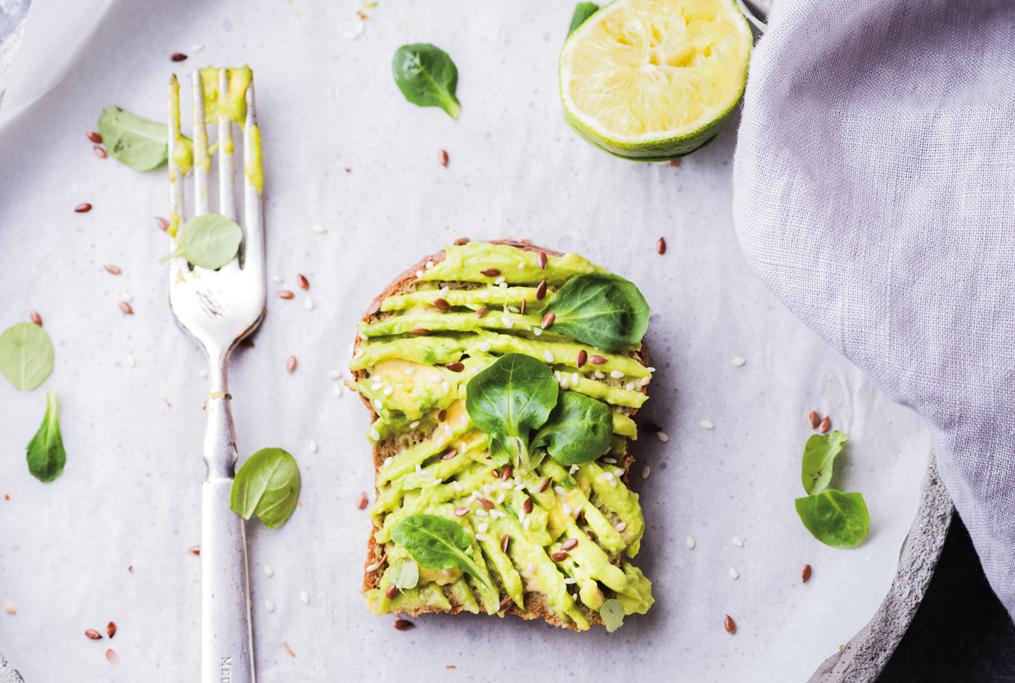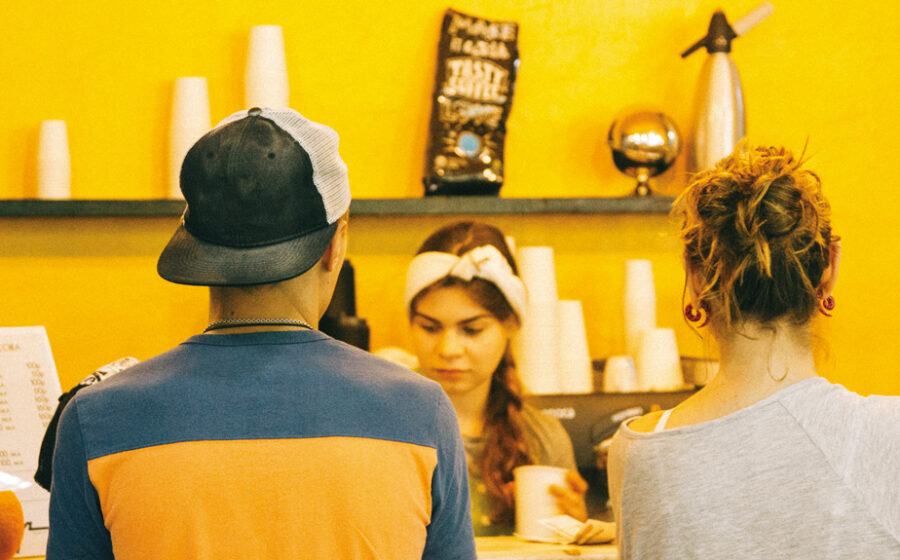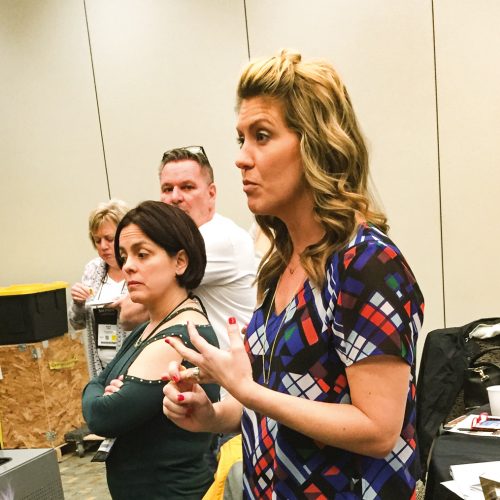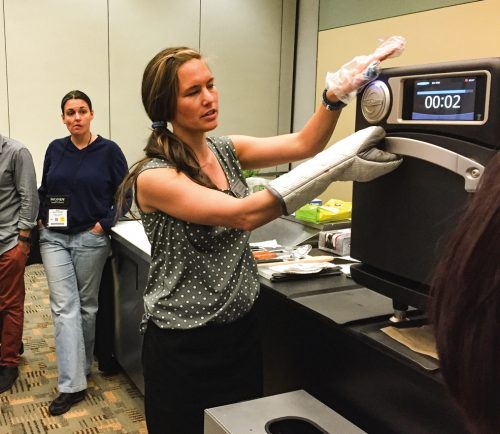“A coffee shop will never make enough money to pay the bills from coffee sales alone,” says Peter Baskerville, a serial entrepreneur who has started, managed, and sold more than 30 retail and hospitality businesses.
Chew on that for a second. Coffee alone will never make enough money to cover more than just the bills. Take another second to digest it. Okay, now take another bite of Baskerville’s wisdom—“Coffee may be the prime motivator for customers coming into the business, but they must leave with multiple sales if you are going to be successful.”

Those “multiple sales” come in the form of foodstuffs—sandwiches, soups, desserts, and so on. Food is a natural pair with the beverages you’re already serving. Everyone eats, after all.
But putting that fact of life into action can prove daunting. There’s sourcing ingredients, factoring their cost, bringing on board new staff such as prep cooks and servers. How much should you budget for foodservice equipment and building out a kitchen space? It’s enough to make you lose your appetite altogether.
That’s where the Food Integration Lab can help. Over an inspirational three hours, attendees learn simple strategies for adding a successful culinary program to their café.
Lab instructor Erica Teodoro brings Baskerville’s words to life. “When food is done well, it can dramatically increase your business,” she says. “You pay the same rent, the same bills, and you’re open already, so you might as well make more money. You can be successful by adding just a few items.”
Erica speaks from real-world experience. A coffee industry and foodservice professional for 20 years, she has worked as a barista, wholesale seller of roasted coffee beans, and as a consultant.
About 13 years ago, Erica joined Coffee Fest as a teacher for their hands-on barista training classes.
“I loved teaching hands-on barista skills because you have these people who are so eager to learn. It’s like, ‘Feed me, feed me, feed me!’ I find those same people want to learn about food.”
Erica and her husband currently own and operate two grocery stores called Harbor Greens in Tacoma and Gig Harbor, Washington. A few years ago, the couple reopened an adjacent café that had gone out of business.
“We opened it back up and it was paying the bills, but nothing really above and beyond—until we added food,” she says.
Obviously, Erica points out, she had an adjoining grocery store with food and wine vendors and the ability to buy in mass quantities. But any café can do it, she says. “It can be done. The Lab is a springboard to getting you there.”
Over a fast-paced three hours, Erica explains everything from menu design (“Be the only place that serves _______”) to the value of grab-and-go cases (“If you have a few square feet you can make an extra $100 a day”) and food prep tips (“Food that looks good, tastes better”).
All this talk about food makes attendees hungry, so it’s a good thing food is actually served during the workshop! While Erica explains concepts, chef Kate Teodoro (Erica’s sister-in-law) demonstrates the preparation of dishes on equipment that can easily be incorporated in a café setting.
Over four courses, Kate serves us finger sandwiches, a cheese plate, soup, and dessert. “The key is creating pairings that will compliment coffee and tea—and keeping it simple,” Kate says.
“If we can make delicious food here in a convention center without a hood, you can do it too,” Erica echoes.
Mid-point during the workshop, Tom Palm of Design & Layout Services gives a short presentation explaining the services his company provides. Palm provides a brief description of key pieces of basic equipment for the café kitchen. He emphasizes the importance of space considerations and easy advice any small operator can follow.
“Ask your health department,” he stresses, with many of the attendees agreeing based on their own personal experience.
The Food Integration Lab basically offers an overview of the culinary arts and best practices for foodservice—in three short but action and information-packed hours.
“99 percent of the time people walk out of here thankful for the information and feeling it’s what they need to add food to their coffee and tea program,” Erica says. “They’re excited to learn in this class the things that will help them make food and money. It’s a huge win and a lot of fun.”
Whether you have already built out a kitchen and menu, or are just thinking about it, the Food Integration Lab provides much food for thought.
The Lab also affords discussion with other café owners and operators. “I wish I would have been here for last year’s class, because the information I learned today would have saved me a lot of money then,” one attendee said.
Another attendee was in the planning stages of opening a mobile coffee/food truck. “They had a lot of really easy, simple options, which will give us an edge on our coffee. I’m very excited.”
The next Food Integration Lab will be held at Coffee Fest Denver, taking place June 8–10 at the Denver Convention Center in Denver, Colorado. For more information, log on to coffeefest.com.



















